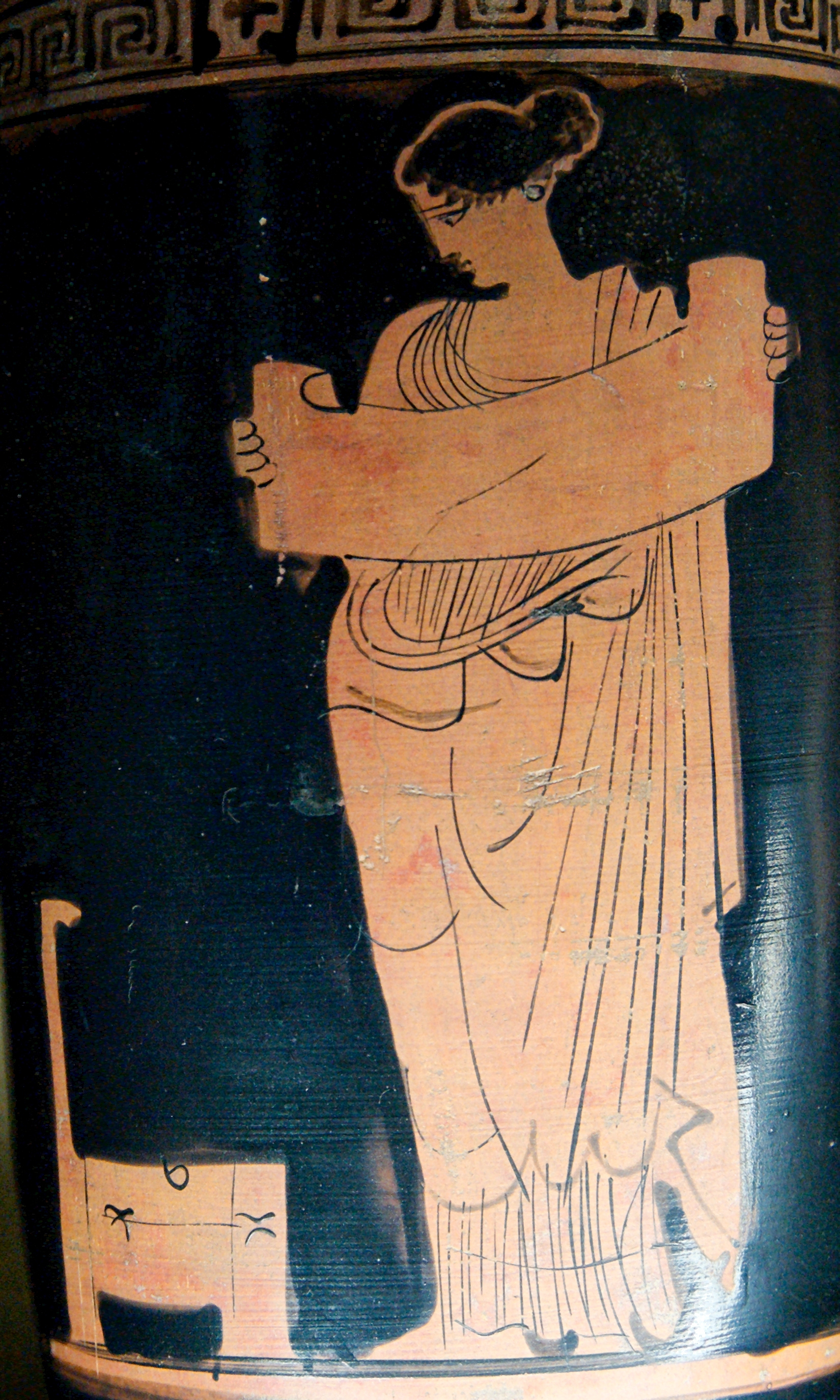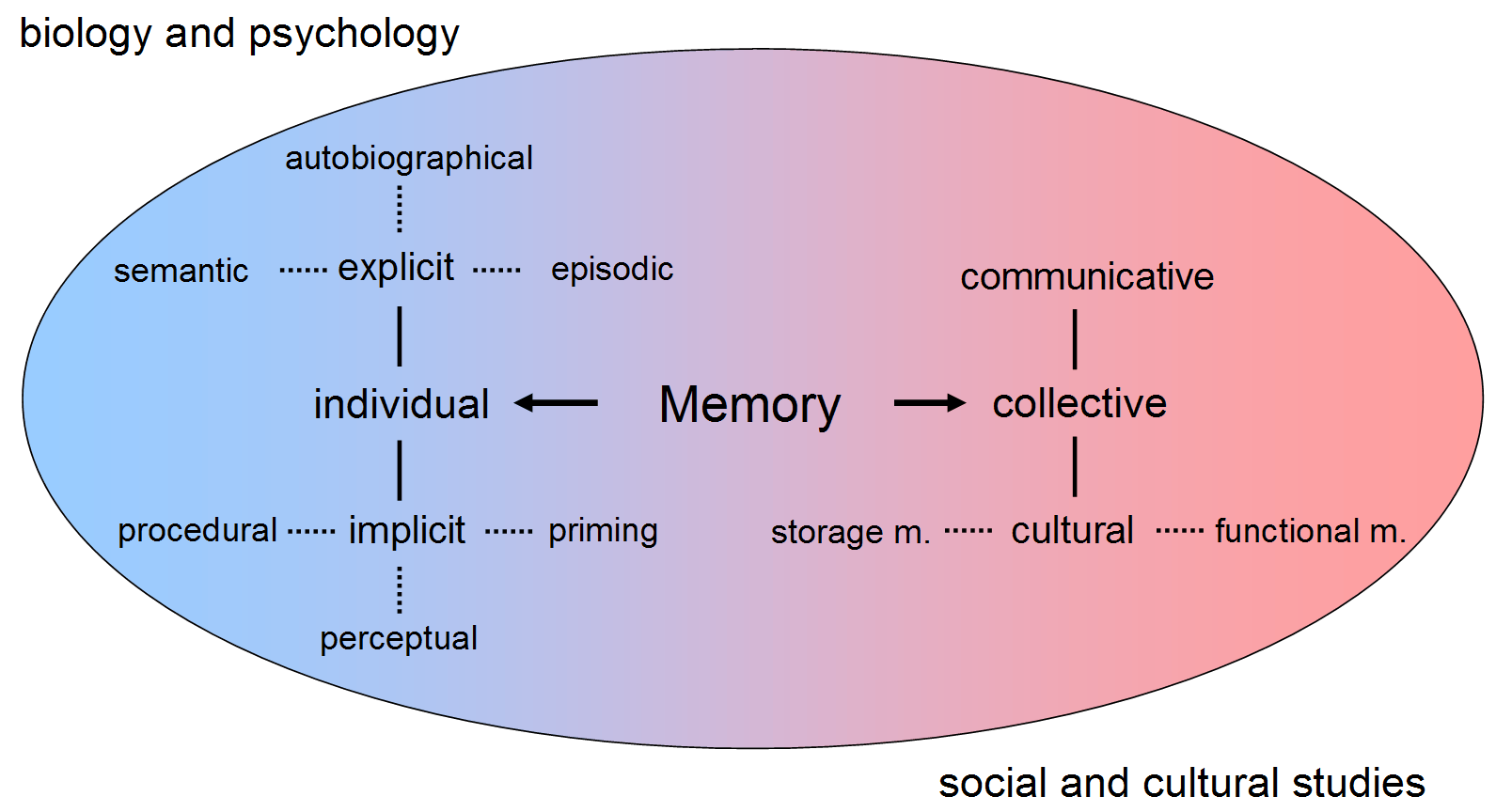|
Mneme
In Greek mythology, Mneme () was one of the three original Boeotian muses, along with her sisters Aoede and Melete before Arche and Thelxinoë were identified, increasing the number to five. Later, the Nine Olympian Muses were named. Mneme was the muse of memory. Pausanias 9.29 (2nd Century AD) treats obscure source material already obsolete in his own day. Citing the Atthis by Hegesinus — a poem no longer extant for Pausanias but cited by Callippus of Corinth (whose history of Orchomenus is no longer extant for us) — Pausanias records that anciently a group of three Boeotian Muses was venerated on Mt Helicon. These were displaced by a cult of nine Muses. Namesake * Mneme Lake in Antarctica is named after the muse. * Jupiter's moon Mneme is named after the muse See also * Meme A meme (; ) is an idea, behavior, or style that Mimesis, spreads by means of imitation from person to person within a culture and often carries symbolic meaning representing a particular ... [...More Info...] [...Related Items...] OR: [Wikipedia] [Google] [Baidu] |
Mneme (moon)
Mneme , also known as , is a retrograde irregular satellite of Jupiter. It was discovered by teams of astronomers led by Brett J. Gladman and Scott S. Sheppard in 2003, and was provisionally designated S/2003 J 21. Mneme is about 2 kilometres in diameter, and orbits Jupiter at an average distance of 21,427,000 kilometres in 640.769 days, at an inclination of 149° to the ecliptic (148° to Jupiter's equator) with an eccentricity of 0.2214. Its average orbital speed is 2.43 km/s. It was named in March 2005 after Mneme, one of the three original Muses. 2005 March 30 (naming the moon) She is sometimes confused with , mother of the Muses (the three or the ni ... [...More Info...] [...Related Items...] OR: [Wikipedia] [Google] [Baidu] |
Mneme Lake
Mneme Lake (, ) is the oval-shaped 220 m long in southwest–northeast direction and 85 m wide lake on the northwest coast of Livingston Island in the South Shetland Islands, Antarctica. It has a surface area of 1.3 ha and is separated from the waters of Barclay Bay by a 12 to 40 m wide strip of land. The lake and its vicinity lie in a restricted zone of scientific importance to Antarctic microbiology, part of the Antarctic Specially Protected Area ''Byers Peninsula.''Mneme Lake. SCAR Composite Gazetteer of Antarctica The feature is named after , the of memory in |
Meme
A meme (; ) is an idea, behavior, or style that Mimesis, spreads by means of imitation from person to person within a culture and often carries symbolic meaning representing a particular phenomenon or theme. A meme acts as a unit for carrying culture, cultural ideas, symbols, or practices, that can be transmitted from one mind to another through writing, speech, gestures, rituals, or other imitable phenomena with a mimicked theme. Supporters of the concept regard memes as cultural analogues to genes in that they Self-replication, self-replicate, mutate, and respond to natural selection, selective pressures. In popular language, a meme may refer to an Internet meme, typically an image, that is remixed, copied, and circulated in a shared cultural experience online. Proponents theorize that memes are a viral phenomenon that may evolve by natural selection in a manner analogous to that of evolution, biological evolution. Memes do this through processes analogous to those of genetic ... [...More Info...] [...Related Items...] OR: [Wikipedia] [Google] [Baidu] |
Muses
In ancient Greek religion and Greek mythology, mythology, the Muses (, ) were the Artistic inspiration, inspirational goddesses of literature, science, and the arts. They were considered the source of the knowledge embodied in the poetry, lyric poetry, lyric songs, and myths that were related orally for centuries in ancient Greek culture. The number and names of the Muses differed by region, but from the Classical Greece, Classical period the number of Muses was standardized to nine, and their names were generally given as Calliope, Clio, Polyhymnia, Euterpe, Terpsichore, Erato, Melpomene, Thalia (Muse), Thalia, and Urania. In modern figurative usage, a muse is a Muse (source of inspiration), person who serves as someone's source of artistic inspiration. Etymology The word ''Muses'' () perhaps came from the Indo-European ablaut#Proto-Indo-European, o-grade of the Proto-Indo-European language, Proto-Indo-European root (the basic meaning of which is 'put in mind' in verb formati ... [...More Info...] [...Related Items...] OR: [Wikipedia] [Google] [Baidu] |
Boeotian Muses
In ancient Greek religion and mythology, the Muses (, ) were the inspirational goddesses of literature, science, and the arts. They were considered the source of the knowledge embodied in the poetry, lyric songs, and myths that were related orally for centuries in ancient Greek culture. The number and names of the Muses differed by region, but from the Classical period the number of Muses was standardized to nine, and their names were generally given as Calliope, Clio, Polyhymnia, Euterpe, Terpsichore, Erato, Melpomene, Thalia, and Urania. In modern figurative usage, a muse is a person who serves as someone's source of artistic inspiration. Etymology The word ''Muses'' () perhaps came from the o-grade of the Proto-Indo-European root (the basic meaning of which is 'put in mind' in verb formations with transitive function and 'have in mind' in those with intransitive function), or from root ('to tower, mountain') since all the most important cult-centres of the Muses were ... [...More Info...] [...Related Items...] OR: [Wikipedia] [Google] [Baidu] |
Muses (mythology)
In ancient Greek religion and Greek mythology, mythology, the Muses (, ) were the Artistic inspiration, inspirational goddesses of literature, science, and the arts. They were considered the source of the knowledge embodied in the poetry, lyric poetry, lyric songs, and myths that were related orally for centuries in ancient Greek culture. The number and names of the Muses differed by region, but from the Classical Greece, Classical period the number of Muses was standardized to nine, and their names were generally given as Calliope, Clio, Polyhymnia, Euterpe, Terpsichore, Erato, Melpomene, Thalia (Muse), Thalia, and Urania. In modern figurative usage, a muse is a Muse (source of inspiration), person who serves as someone's source of artistic inspiration. Etymology The word ''Muses'' () perhaps came from the Indo-European ablaut#Proto-Indo-European, o-grade of the Proto-Indo-European language, Proto-Indo-European root (the basic meaning of which is 'put in mind' in verb formati ... [...More Info...] [...Related Items...] OR: [Wikipedia] [Google] [Baidu] |
Aoede (mythology)
In Greek mythology, Aoede (, ''Aoidē'') was one of the three original Boeotian muses, which later grew to five before the Nine Olympian Muses were named. Her sisters were Melete and Mneme. She was the muse of voice and song. She lends her name to the moon Jupiter XLI, also called Aoede, which orbits the planet Jupiter. References *Cicero Marcus Tullius Cicero ( ; ; 3 January 106 BC – 7 December 43 BC) was a Roman statesman, lawyer, scholar, philosopher, orator, writer and Academic skeptic, who tried to uphold optimate principles during the political crises tha ..., ''De Natura Deorum'' 3.21 * Pausanias, 9.39.3 Mythological Boeotians Muses (mythology) {{Greek-deity-stub ... [...More Info...] [...Related Items...] OR: [Wikipedia] [Google] [Baidu] |
Melete
In Greek mythology, Melete () was one of the three original Boeotian muses before the Nine Olympian Muses were founded. Her sisters were Aoede and Mneme. She was the muse of thought and meditation. Melete literally means "ponder" and "contemplation" in Greek. According to Pausanias in the later 2nd century AD, there were three original Muses: Aoidē ("song" or "voice"), Meletē ("practice"), and Mnēmē ("memory"). Together, these three form the complete picture of the preconditions of poetic art in cult practice. In Delphi three Muses were worshipped as well, but with other names: Nētē, Mesē, and Hypatē, which are the names of the three chords of the ancient musical instrument, the lyre. Alternatively they were called Cēphisso, Apollonis, and Borysthenis, whose names characterise them as daughters of Apollo. In later tradition, four Muses were recognized: Thelxinoē, Aoedē, Archē, and Meletē, said to be daughters of Zeus and Plusia (or of Uranus). See als ... [...More Info...] [...Related Items...] OR: [Wikipedia] [Google] [Baidu] |
Memory
Memory is the faculty of the mind by which data or information is encoded, stored, and retrieved when needed. It is the retention of information over time for the purpose of influencing future action. If past events could not be remembered, it would be impossible for language, relationships, or personal identity to develop. Memory loss is usually described as forgetfulness or amnesia. Memory is often understood as an informational processing system with explicit and implicit functioning that is made up of a sensory processor, short-term (or working) memory, and long-term memory. This can be related to the neuron. The sensory processor allows information from the outside world to be sensed in the form of chemical and physical stimuli and attended to various levels of focus and intent. Working memory serves as an encoding and retrieval processor. Information in the form of stimuli is encoded in accordance with explicit or implicit functions by the working memory p ... [...More Info...] [...Related Items...] OR: [Wikipedia] [Google] [Baidu] |
Greek Mythology
Greek mythology is the body of myths originally told by the Ancient Greece, ancient Greeks, and a genre of ancient Greek folklore, today absorbed alongside Roman mythology into the broader designation of classical mythology. These stories concern the ancient Greek religion's view of the Cosmogony, origin and Cosmology#Metaphysical cosmology, nature of the world; the lives and activities of List of Greek deities, deities, Greek hero cult, heroes, and List of Greek mythological creatures, mythological creatures; and the origins and significance of the ancient Greeks' cult (religious practice), cult and ritual practices. Modern scholars study the myths to shed light on the religious and political institutions of ancient Greece, and to better understand the nature of mythmaking itself. The Greek myths were initially propagated in an oral tradition, oral-poetic tradition most likely by Minoan civilization, Minoan and Mycenaean Greece, Mycenaean singers starting in the 18th century&n ... [...More Info...] [...Related Items...] OR: [Wikipedia] [Google] [Baidu] |
Arche (mythology)
Archē () in ancient Greek religion was the muse of origins and beginnings. She was one of the 4 (alternatively) identified Boeotian muses recognized in Delphi, also known as the Mouse Titanides. As time passed, nine muses dedicated to the arts, sciences, and literature were uniformly recognized around Greece, now known as the Olympian Muses. The nine muses were daughters of Zeus and Mnemosyne, and are more familiar in classical descriptions of the muses than the earlier four. This was largely adapted into the ancient Roman religion as well. According to Cicero's ''De Natura Deorum'' ("On the Nature of the Gods"), "As to the Muses, there were at first four—Thelxiope, Aœde, Arche, and Melete—daughters of the second Jupiter." Cicero identifies the main nine muses as "daughters of the third Jupiter and Mnemosyne." See also * List of Greek deities In ancient Greece, deities were regarded as immortal, anthropomorphism, anthropomorphic, and powerful. They were conceived of as i ... [...More Info...] [...Related Items...] OR: [Wikipedia] [Google] [Baidu] |
Thelxinoë
In Greek mythology, Thelxinoë (; English translation: "mind charming") was a name attributed to four individuals. *Thelxinoë, one of the sirens. Also known as Thelxiope or Thelxiepia. *Thelxinoë, one of the four later recognized muses in Greek tradition. She and her sisters Aoede, Arche and Melete were regarded as daughters of Zeus by Plusia. She was linked with the charming of the mind as a Muse. The moon of Jupiter Thelxinoe is named after her. *Thelxinoë, one of Semele's attendants.Nonnus8.178/ref> *Thelxinoëa, also Thelxionoea or Thelxineia, one of the so-called Praxidicae (the other two were Alacomenia and Aulis), daughters of King Ogyges of Boeotia.''Suda'' s.v''Praxidike''/ref> Notes References * Hesiod, ''Catalogue of Women'' from ''Homeric Hymns, Epic Cycle, Homerica'' translated by Evelyn-White, H G. Loeb Classical Library Volume 57. London: William Heinemann, 1914Online version at theio.com* Marcus Tullius Cicero, ''Nature of the Gods from the Trea ... [...More Info...] [...Related Items...] OR: [Wikipedia] [Google] [Baidu] |






